PVC Is Incredibly Harmful to the Environment — Here's Why
Updated Dec. 18 2020, 4:24 p.m. ET
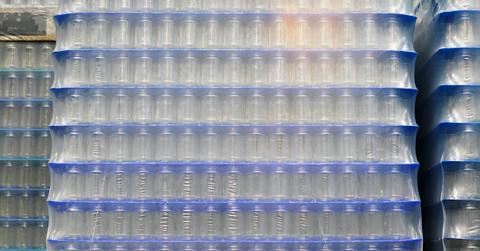
Plastic has a negative affect on the environment and on humankind in more ways than one. In addition to lacking biodegradability, it can emit various toxins, additives, and other harmful chemicals, all which cause health problems.
And although some plastic varieties are notoriously damaging to the environment and humankind, there are other types of plastic that tend to fly under the radar. PVC, or polyvinyl chloride or vinyl, is one such material that's all-around terrible. Keep reading for more on the toxic material.
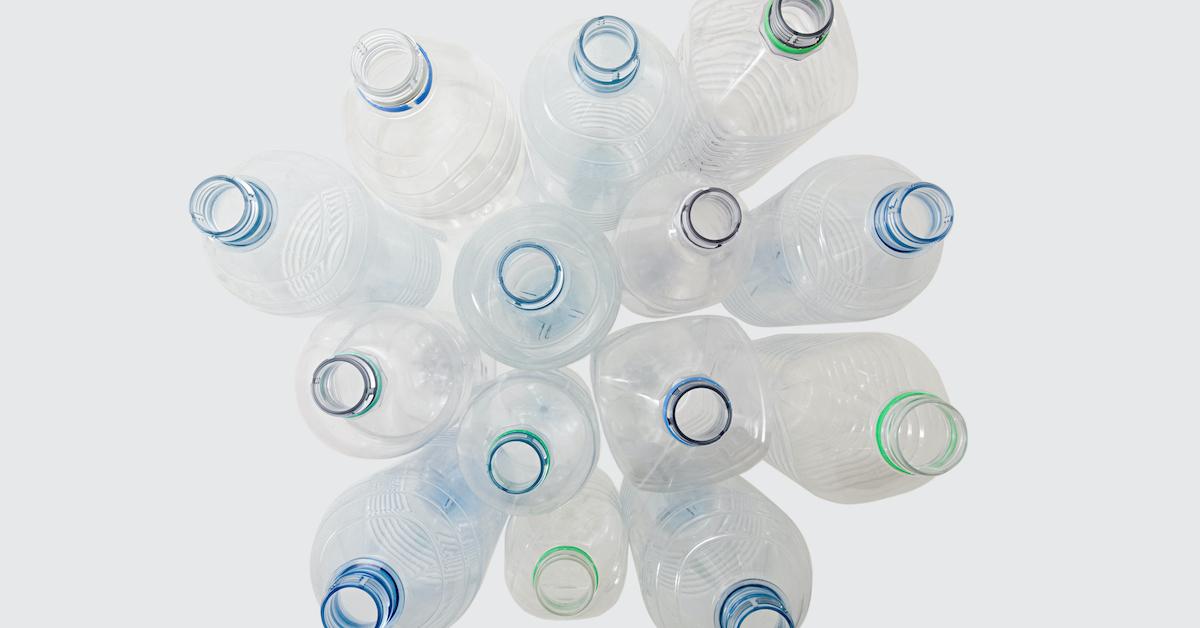
What is PVC?
Polyvinyl chloride – or PVC – is a type of plastic that often hides under the guise of vinyl, though it’s a type of synthetic plastic. According to PlasticsEurope, PVC was one of the first discovered plastics, and today, it’s the third most widely produced synthetic plastic polymer. But despite its global usage, Healthy Child Healthy World describes PVC as one of the most toxic plastics on the market.
That being said, PVC is found in almost everything, from flooring and building materials to children’s toys and most packaging.
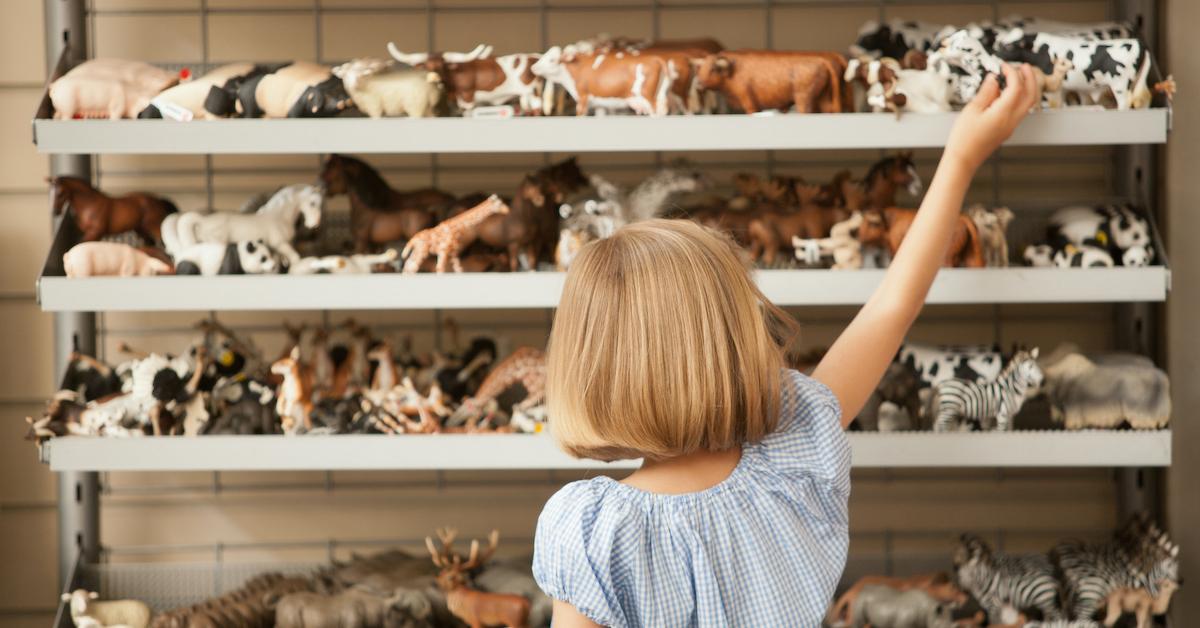
The health effects of PVC are astronomical.
According to Greenpeace, “PVC contaminates humans and the environment throughout its lifecycle during its production, use, and disposal. While all plastics pose serious threats to human health and the environment, few consumers realize that PVC is the single most environmentally damaging of all plastics.”
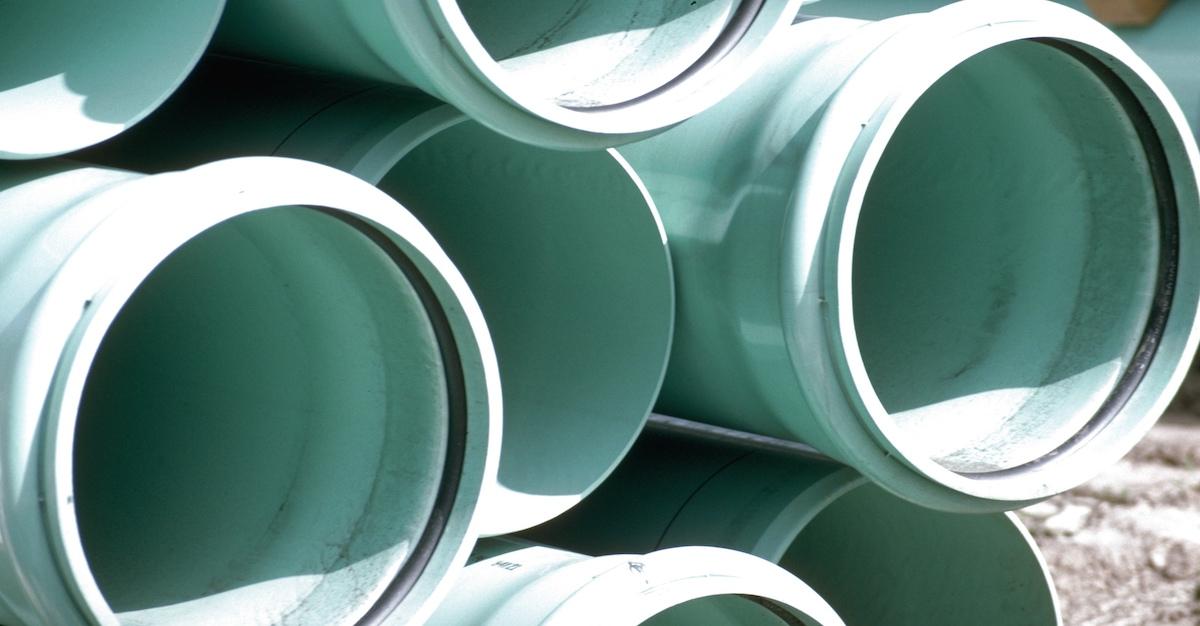
PVC's environmental effects are irreparable.
PVC is unsustainable because it uses massive amounts of chlorine and dioxin, which are both toxic to the environment, according to Greenpeace. The organization states:
“PVC production is the largest and fastest-growing use of chlorine – accounting for nearly 40 percent of all chlorine used in the U.S. Chlorine is the basic building block of our most infamous toxic problems: CFCs, which destroyed the ozone layer, the dioxin contamination at Love Canal and Times Beach, Agent Orange, PCBs and DDT pesticides.”
In addition to its chlorine usage, the creation of PVC also creates harmful compounds, regardless of the level of exposure. The World Health Organization (WHO) describes dioxins as “a group of chemically related compounds that are persistent environmental pollutants (POPs).”
These compounds are created from chlorine. The WHO adds: “PVC is responsible for a greater share of the nation’s annual dioxin burden than any other industrial product… Dioxin is known as one of the most toxic chemicals ever produced.”
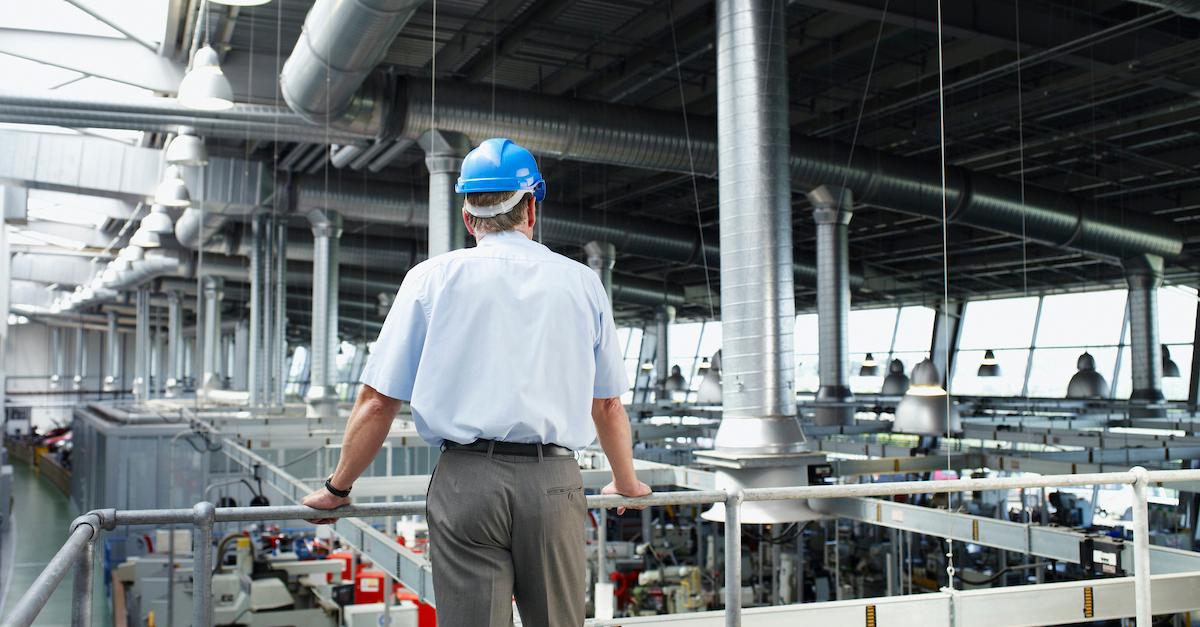
PVC production is terrible for the environment, as well as surrounding communities.
The process of making PVC is unsustainable, because of a chemical reaction between chlorine, carbon, and ethylene. During the production process, plasticisers combine, adding another layer of harmful chemicals. And since most of the PVC plants are located in largely BIPOC communities across Texas and Louisiana, polluting the air and drinking water, as per Greenpeace.
As a result, BIPOC communities, farms, and fishing areas nearby are disproportionately impacted by the spread of PVC chemicals. The dioxins released by PVC accumulate in animals’ fat upon exposure. As a result, they can disrupt the animal's hormones, causing birth defects, infertility, and developmental problems with their young.
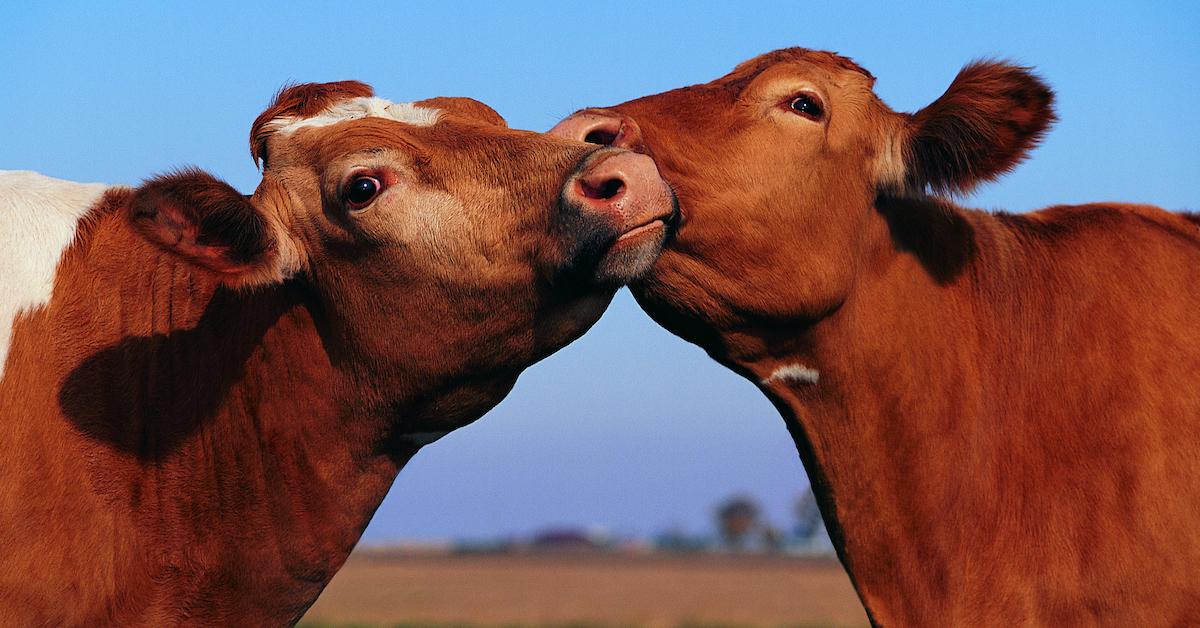
There are many natural alternatives to PVC that can keep you from choosing this harmful material. Natural rubber and latex were used long before PVC, and they still make effective alternatives to PVC to this day. You're better off opting for one of those, instead.